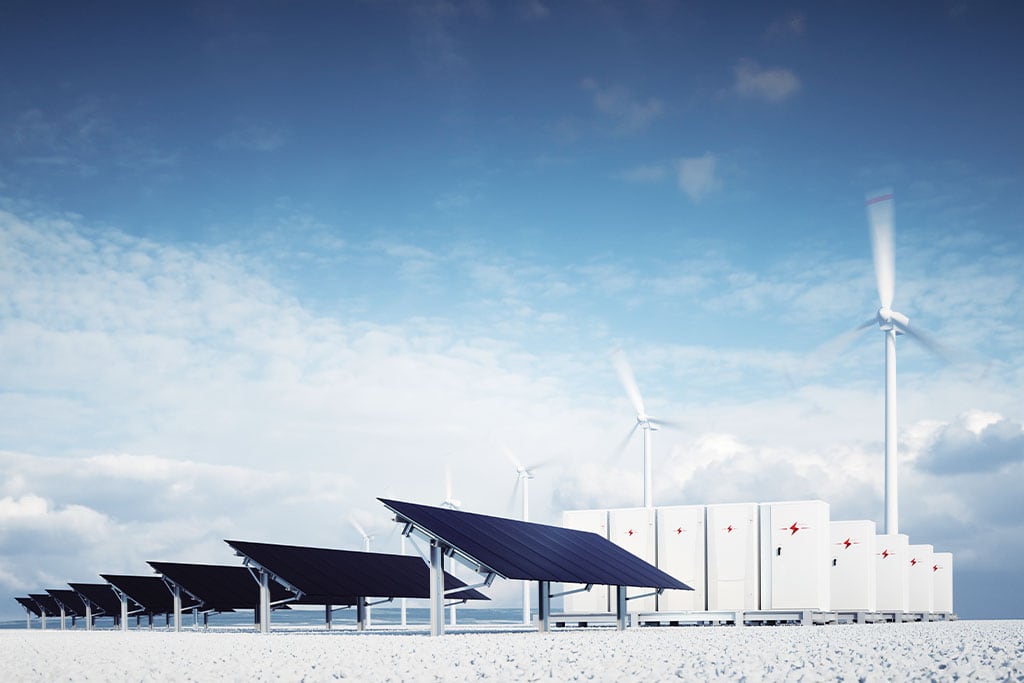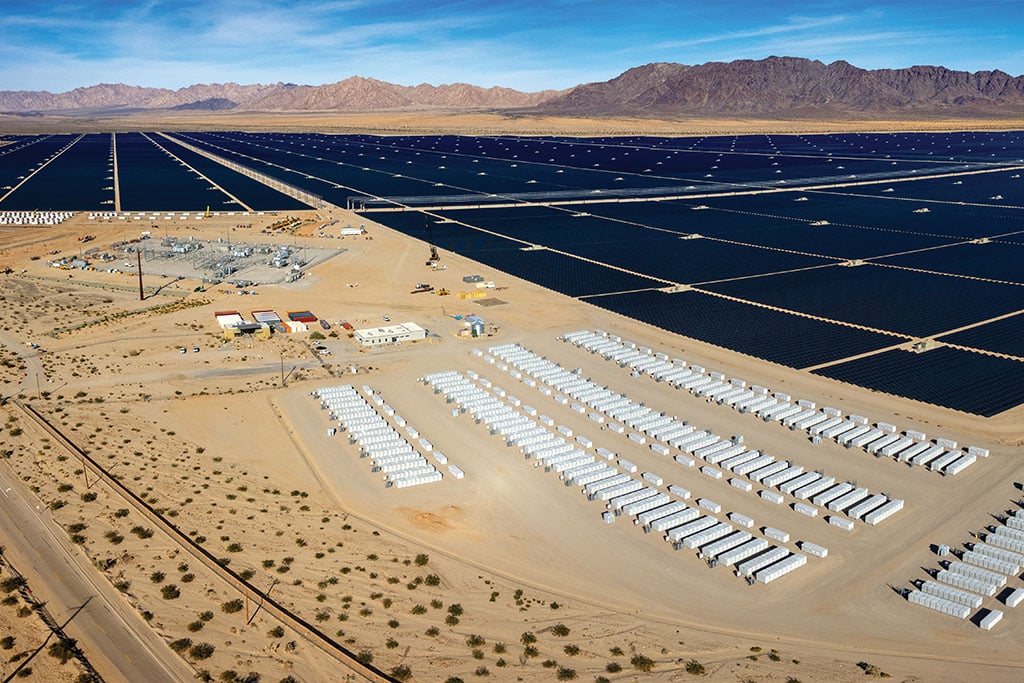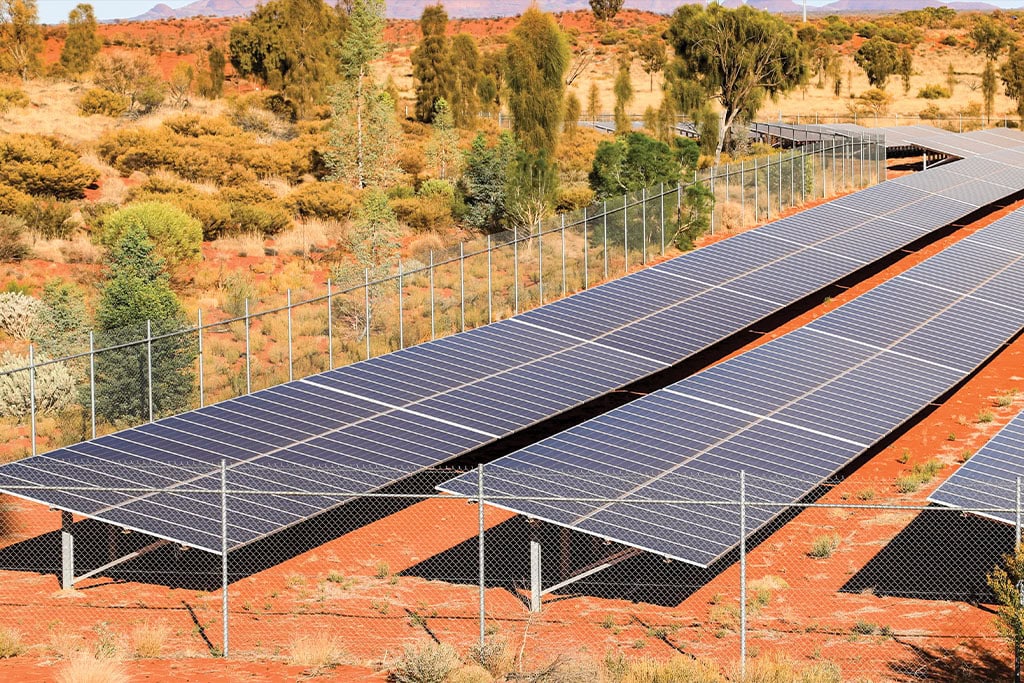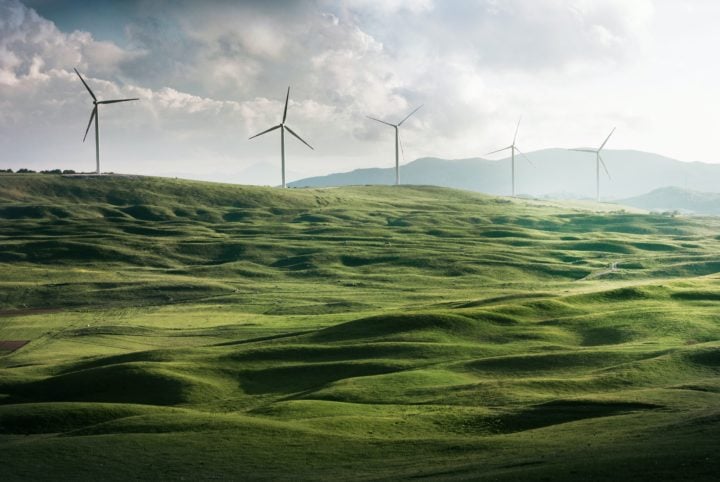
A new report argues Australia’s ambitious climate targets will remain out of reach unless we address a critical system shortcoming: the absence of large-scale energy storage.
Imagine if the only time you could use your umbrella was when it wasn’t raining.
That’s the paradox at the heart of Australia’s renewable energy system: we have abundant solar and wind power, but typically availability doesn’t match demand.
The production of solar energy peaks during the day, and wind generation fluctuates with unpredictable weather.

“Renewable energy is either available when we need it least or sporadically and randomly,” said Monash University Associate Professor Guillaume Roger.
“While renewables remain a small part of our consumption, this may not matter much, but if we want renewables as a primary source, we must address the mismatch between when energy is produced and when it’s consumed.”
In his new white paper, The storage imperative: Powering Australia’s clean energy transition, launched in conjunction with Monash Energy Institute, A/Prof Roger identifies a critical missing link in our transition to renewables: large-scale energy storage.
Current market barriers
One of the key observations from A/Prof Roger’s report is that Australia’s National Electricity Market (NEM) was designed for a different energy era.
“The NEM was built over 20 years ago, during a time when electricity was produced by coal-fired plants operating at a constant, predictable rate, alongside a few gas plants,” he said.
Today, the energy landscape has shifted dramatically.
Australia is reducing reliance on coal, and integrating more renewables.
However, the NEM still operates under principles that favour the predictable output of fossil fuels, rather than the flexibility required for a renewable-focused system.
A/Prof Roger warns this disconnect threatens to derail Australia’s clean energy goals of reducing emissions by 43 per cent by 2030, generating 82 per cent of energy from renewables by 2030, and achieving net-zero emissions by 2050.

Simple solutions, big impact
The report proposes two low-cost reforms – already used in California – that could support large-scale storage. The first is Locational Marginal Pricing (LMP).
“This reflects the reality that electricity at different points on the grid has different values, so prices should vary by location rather than being fixed to one reference point,” he said.
“This is particularly beneficial because storage thrives on price differences; greater variation in prices encourages storage solutions to emerge where they’re most needed.”
The second is a Day-Ahead Market (DAM), which lets energy companies plan production based on forecasted next-day demand.
A/Prof Roger said this could resolve three key challenges for storage: minimising risk, limiting anti-competitive behaviour, and reducing opportunities for price manipulation.
A/Prof Roger describes these as ‘no-regret’ reforms: they can be implemented quickly, require minimal taxpayer investment, and offer long-term benefits.
“Australians should be calling for these changes,” he said.
Encouraging the right investment
Large-scale storage is critical for a clean energy future, but it’s costly, and the current market does little to support it.
Programs like the Capacity Investment Scheme (CIS) primarily fund renewable generation, overlooking storage providers.
“The CIS wasn’t designed with storage in mind – it even discourages it by blunting incentives when energy is scarce,” he said.
The report recommends creating incentives aligned with storage demands, such as long-term contracts that provide revenue stability.
Combined with greater research investment to better understand storage economics and operations, this would help drive down costs over time, ultimately creating a more resilient grid that is less reliant on fossil fuels.

Solar panel field in the Australian outback.
Future challenges
Looking to the future, A/Prof Roger identifies two main challenges in the transition away from thermal generators.
“The first is price-setting without fossil fuel generators,” he said.
“Today, thermal generators are typically the price setters; the whole supply curve reflects their costs, but this has no equivalent for renewable generators or storage.”
To overcome this, market rules and pricing mechanisms must evolve.
The second lies in managing the limits of arbitrage – buying when prices are low and selling when prices are high. As more storage capacity enters the grid, the price differences storage operators rely on for revenue will shrink.
“Eventually, the revenue from these price variations will only cover storage costs,” he said. “At that point, we might need alternative ways to procure storage or a different model.”
Despite these challenges, Roger is optimistic about Australia’s clean energy future.
“Addressing the complexities of electricity storage is crucial,” he said. “But with the right measures in place, Australia can achieve its clean energy goals.”
Read the full report here.


